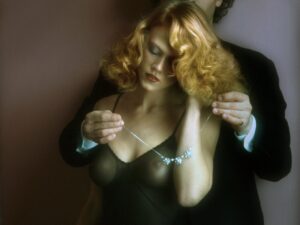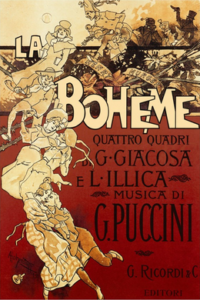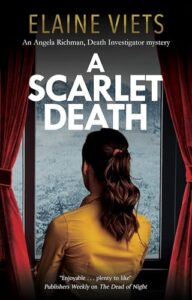 You may have noticed my absence on the weekends lately. This summer, I vowed to take some “me time” and have fun away from the keyboard.
You may have noticed my absence on the weekends lately. This summer, I vowed to take some “me time” and have fun away from the keyboard.
So, I’ve been spending my weekends on the seacoast of Massachusetts. I grew up two towns over from where I’m staying, so the area will forever have a special place in my heart.
When I first started writing, I focused on children’s books. Once I left the seacoast, I stopped writing for many years. Life, work, and bills got in the way. It wasn’t until I moved to New Hampshire that the writing bug bit me again. This time with a focus on thrillers. During my career, I’ve written psychological thrillers, ventured into true crime/narrative nonfiction, then combined my lifelong passion for wildlife conservation and veered into eco-thrillers, the genre I write in now.
As I stood on the seacoast that first weekend, staring at the same view of the Atlantic Ocean from my youth and young adulthood, I had an overwhelming desire to write children’s books again. With the wisdom and knowledge of life experience behind me, I decided to use the same theme as in my eco-thrillers only geared toward young, impressionable minds — Animals are guardians of ecosystems and caretakers of Mother Earth, but they can’t do their job if we keep destroying their environment (or hunting them to extinction).
*Side note: theme should organically emerge from the storyline. No one wants or needs the writer to stand on a soapbox. Let the characters actions and reactions reveal the theme.
The following weekend I outlined the story from start to finish, the salt air and melodic melody of waves powering my desire to help future generations by delivering an exciting plot with animal characters they can relate to, learn from, and love. When I drove home on Monday morning, and the seacoast vanished from my rearview, my mind reverted to action-packed eco-thrillers and vigilante justice.
A longtime friend asked how I could make the switch from kids to adults so easily. My response? Location.
The question made me wonder if other writers experience this.
How much does our environment influence the stories we write?
Would you write in the same genre if you lived in a different area?
If you’d stay in the same genre, would a different environment change the type of characters you create?
Lastly, if I hadn’t written children’s books when I lived on the seacoast, would the Atlantic Ocean propel me to write them now?
Maybe, maybe not.
After I wrote the first draft of a wild and fun adventure for kids, I researched some of these questions. And here’s what I found.
From the Ripple Foundation:
Your environment directly affects different aspects of your writing, from your style to the topics you write about. Through experience, your surroundings, such as location, atmosphere, and culture play a significant role in your writing.
Writing is an artistic medium which can change based on the environment you are writing in… Writing in places where you may have emotional and cultural ties can help you easily communicate your feelings.
That certainly held true for me.
The ambience of your environment is a powerful characteristic that can affect your writing. Your brain constantly picks up information from your surroundings, and your senses affect your thinking. Things like air temperature, environment, weather, and odours are processed subconsciously by you.
The human brain never ceases to amaze me. Salt air and the ambiance of the Atlantic reignited my passion to write for children.
From Brainly.ph…
The environment in which a writer lives can shape their perspective, attitudes, beliefs, and values, which can, in turn, influence the themes and messages in their literary works. For example, the Romantic poets were heavily influenced by the natural beauty of their surroundings, and their works often reflected their appreciation of nature and the importance of individual experience.
The physical environment of a region can also influence the literature that emerges from it. For instance, writers living in harsh, rural environments may draw on their experiences of hardship and survival to create stories about resilience and perseverance.
From Princeton.edu…
Scholars of great literature often are intrigued by questions that lie outside the pages of the text. For English professor Diana Fuss, one question that consumed her was: Where did my favorite writers write?
To find the answers, Fuss wrote “The Sense of an Interior: Four Writers and the Rooms That Shaped Them,” a study of the living and writing spaces of four well-known authors.
In the book, Fuss described the smoky ambiance of Sigmund Freud’s consulting room, the view from Emily Dickinson’s bedroom window, the inhospitality of Helen Keller’s house, and the claustrophobic atmosphere of Marcel Proust’s bedroom. The purpose of the book was to understand how the writers experienced their writing spaces.
“When these figures inhabited these domestic interiors, what were they seeing, hearing, smelling and touching?” Fuss said. “What was the full sensory experience of inhabiting that space, and how did the domestic interior shape the acts of introspection that took place there?”
Fuss noted that Proust, who suffered from asthma, lived in a cork-lined room with heavy drapes to keep out natural light and air. The author of “Remembrance of Things Past,” a work suffused in sensory experience, “found it necessary to suspend the senses in order to write about them,” according to Fuss.
Her findings corrected some misconceptions. Dickinson, for example, has long been portrayed as a helpless agoraphobic trapped in a dark, coffin-like room in her father’s house. When in fact, Dickinson’s corner bedroom had the best light and views in the entire house.
“It was a room that invested her with scopic power,” Fuss said. “Far from being confined in her room, she in fact was a kind of family sentinel.”
TKZers, let me ask you the question I posed earlier.
How much does your environment influence the stories you write? If you’ve resided or spent an extended period elsewhere, did you write in the same genre? How did your stories change, if it all?


 Deep Fake Double Down
Deep Fake Double Down


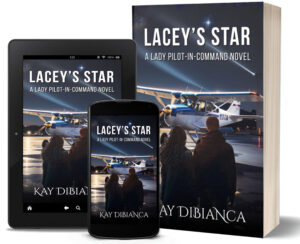


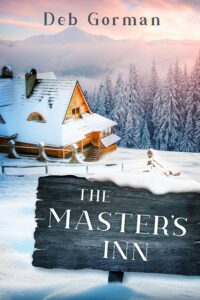
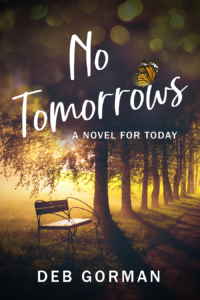













 Villains are always useful in helping protagonists overcome their shortcomings and face down danger. An example of this was the film “Die Hard” where the protagonist John McClane (Bruce Willis) matches wits with the villainous deuteragonist Hans Gruber (Alan Rickman.)
Villains are always useful in helping protagonists overcome their shortcomings and face down danger. An example of this was the film “Die Hard” where the protagonist John McClane (Bruce Willis) matches wits with the villainous deuteragonist Hans Gruber (Alan Rickman.)

 Today please welcome author Jane Corry, bestselling thriller author from the UK. Her books have sold more than a million copies in 20 countries. She’s also a magazine feature writer and columnist. For three years, she was the writer in residence at a high security male prison.
Today please welcome author Jane Corry, bestselling thriller author from the UK. Her books have sold more than a million copies in 20 countries. She’s also a magazine feature writer and columnist. For three years, she was the writer in residence at a high security male prison. The titles, which I feel have worked best for my books, include the ones which just fell into my head. For example, ‘I Died On A Tuesday’ came to me when I was cycling down to the promenade for my daily swim in the sea and nearly got knocked off my bike.
The titles, which I feel have worked best for my books, include the ones which just fell into my head. For example, ‘I Died On A Tuesday’ came to me when I was cycling down to the promenade for my daily swim in the sea and nearly got knocked off my bike.